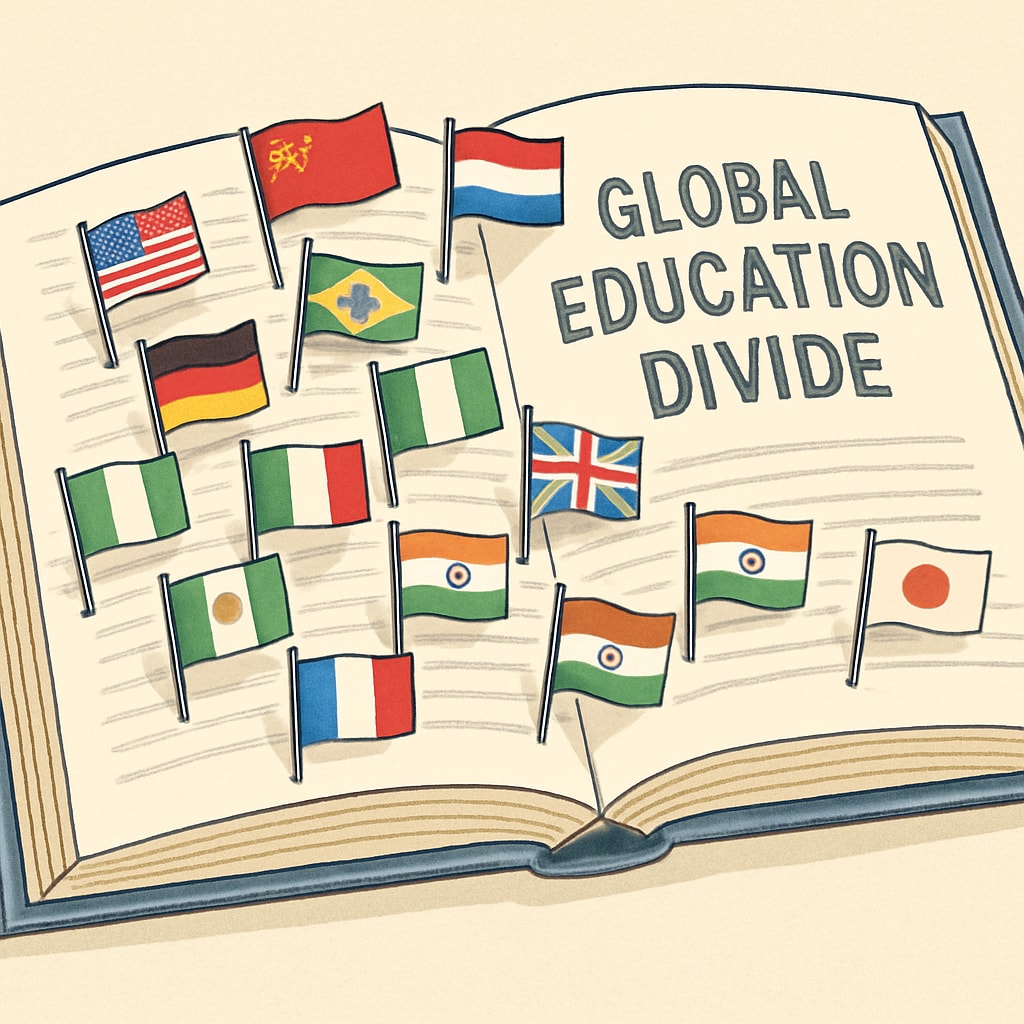For many immigrant students, the dream of higher education is obstructed by harsh realities: exorbitant international student fees, restrictive immigration policies, and limited financial aid. The story of a Nigerian student gaining admission to Oxford University, only to face staggering tuition costs due to their immigration status, highlights the systemic barriers that persist in accessing education. These challenges raise serious questions about equity, opportunity, and the role of institutions in fostering inclusivity.
The Financial Burden of International Student Fees
One of the most significant challenges faced by immigrant students is the classification as international students, which often comes with prohibitively high tuition fees. For example, at prestigious institutions like Oxford University, international students can expect to pay nearly three times the tuition fees of domestic students. This financial disparity is particularly devastating for students from low-income backgrounds or developing countries, who lack the resources to bridge the gap.
For immigrant students, this situation is further exacerbated by their often precarious immigration status. Many are ineligible for government-subsidized student loans, scholarships, or grants due to their residency status. According to a report on international students, this exclusion not only limits access but also perpetuates cycles of inequality.

Barriers Beyond Financial Constraints
In addition to financial hurdles, immigrant students frequently face policy restrictions that limit their educational opportunities. For instance, some countries impose caps on the number of international students eligible for financial aid or restrict work opportunities for students on certain visas. These policies create a scenario where even the most academically gifted students may struggle to sustain themselves while pursuing higher education.
Moreover, the lack of clear pathways to permanent residency or citizenship for immigrant students further complicates their pursuit of higher education. Without a stable immigration status, these students often have to navigate a labyrinth of legal and bureaucratic challenges, which detracts from their ability to focus on their studies.

Solutions and Pathways to Equity
Addressing these challenges requires a multi-faceted approach that involves governments, academic institutions, and non-profit organizations. Here are some potential solutions:
- Policy Reforms: Governments should consider revising policies to offer more inclusive financial aid options for immigrant students, regardless of their immigration status.
- Institutional Support: Universities can play a significant role by creating dedicated scholarship funds for immigrant students and providing on-campus resources to assist with legal and financial challenges.
- Partnerships with NGOs: Non-profit organizations can collaborate with academic institutions to offer grants, mentorship programs, and other forms of support tailored to the unique needs of immigrant students.
In addition, promoting awareness about the struggles faced by immigrant students can help foster a more inclusive society. For instance, campaigns highlighting the contributions of immigrant students to academic and cultural communities can shift public perception and encourage systemic change.
Looking Ahead
The case of the Nigerian student at Oxford University is not isolated; it is indicative of a broader, systemic issue. As higher education becomes increasingly globalized, the need for equitable policies and practices grows more urgent. By addressing the financial and policy barriers faced by immigrant students, we not only create opportunities for individuals but also enrich academic institutions and societies as a whole.
Ultimately, bridging the gap between educational aspirations and realities requires collective action. Governments, universities, and communities must work together to ensure that the doors of opportunity remain open to all, regardless of immigration status.
Readability guidance: This article uses clear, concise language and short paragraphs to enhance readability. Lists and examples are included to summarize key points, and overuse of passive voice is avoided. Transition words such as “however,” “in addition,” and “as a result” ensure smooth flow throughout the text.


